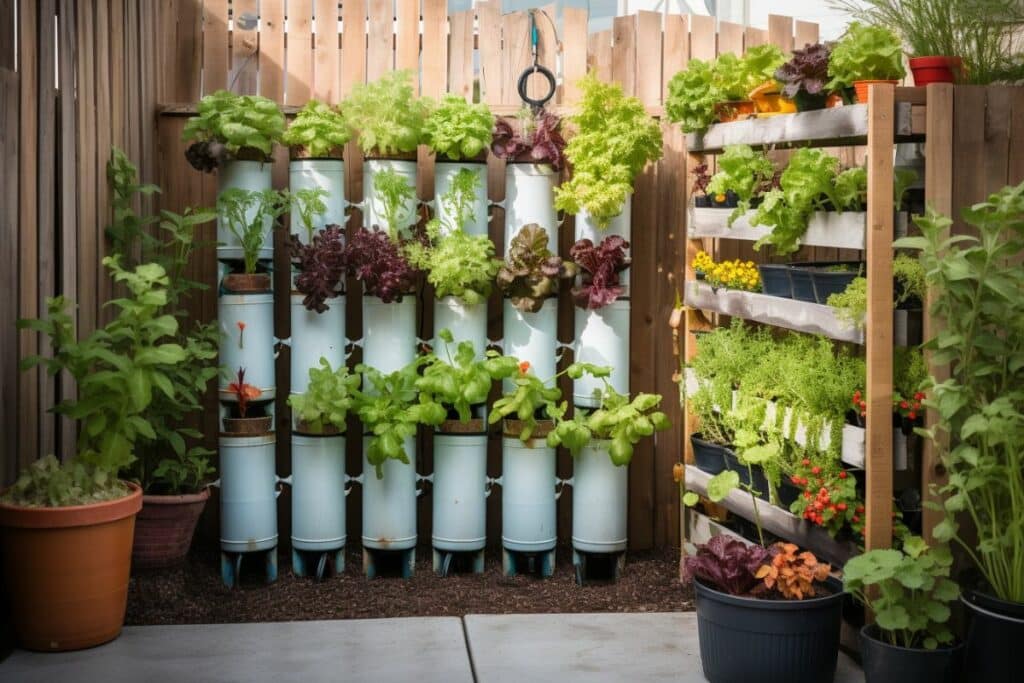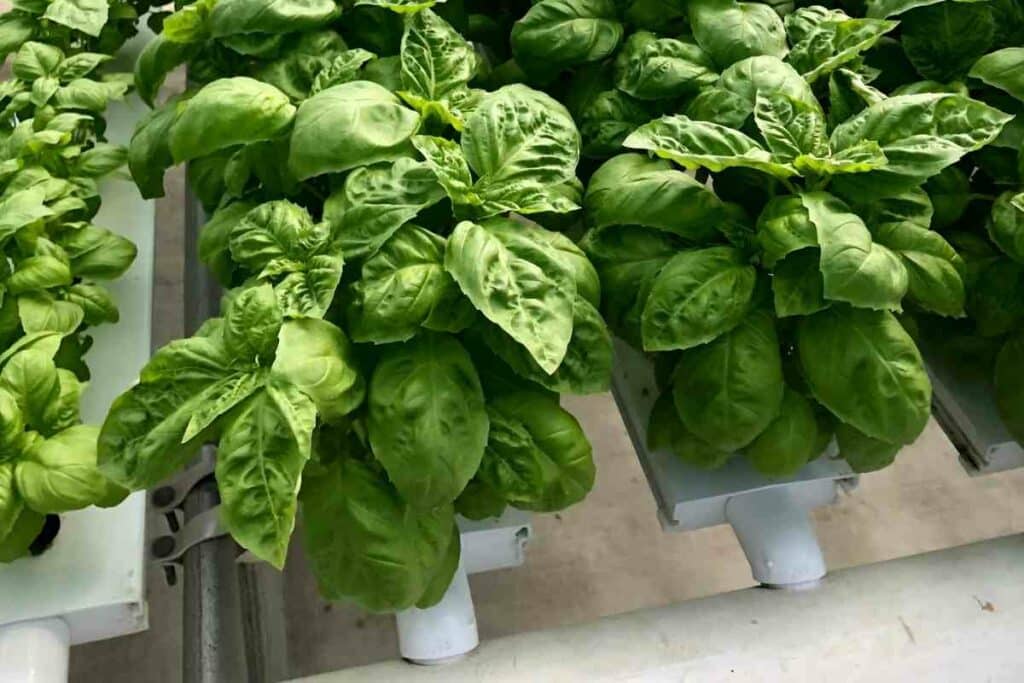If you are just getting started in the world of hydroponics, the chances are that you’ve heard some terms that are a bit confusing.
One of the most difficult things to understand is pH levels. Though you may not understand it fully, it’s really a simple theory to learn.
It’s actually pretty easy to keep pH stable in a hydroponic system: deliver the appropriate supply of water, perform water treatment methods, understand how adding nutrients affect pH, and understand the pH levels that your plants need to grow and produce.
Once you understand what pH levels are, you’ll find that they don’t remain stable on their own.
There are too many variables that will affect it.
While it does take some effort, once you understand the core principles, it’s not difficult.
What is pH?
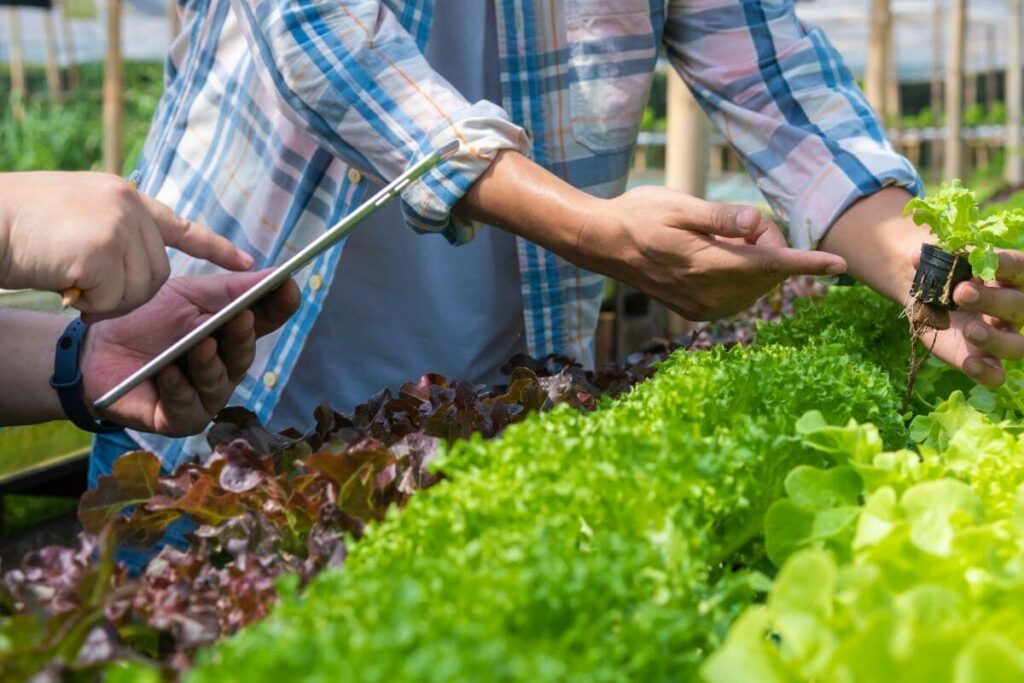
First of all, there’s a scale ranging from 0 to 14.
Every liquid has its own reading on the scale.
For example, tap water will vary in pH level based on where it’s from.
Since the pH in your tap water is likely to be different than the pH in your system, it’s best to not use tap water if you can avoid it:
- Zero on the scale means something is acidic, while 15 means It’s alkaline.
- Most living things start out somewhere in the middle, around 7. This is a great start for most plants and is also the appropriate level for the human body.
- Typically, plants do best at pH levels around 5.5 to 6.5. Of course, some plants prefer a pH of 8.
When favorable pH levels are present in your system, the plants take up the necessary nutrients through their root systems.
Plus, you’ll see faster growth because they are taking in additional potassium, nitrogen, and phosphorous.
Keep In Mind: You must be cautious when dealing with pH level treatments because the closer you get to either end, the liquids will burn.
Why is pH So Important?
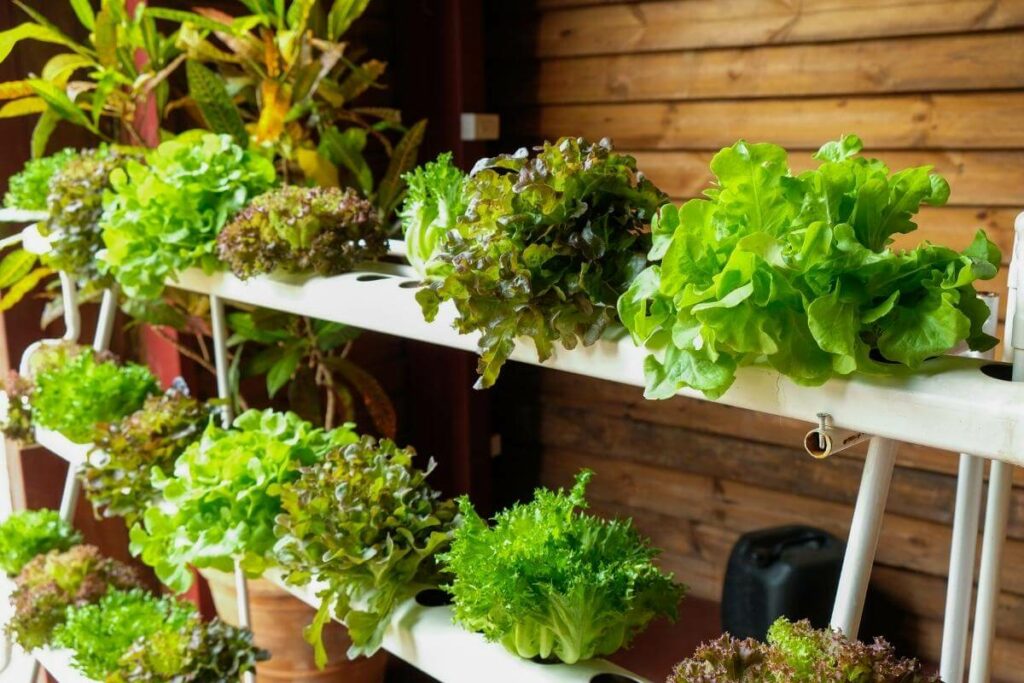
If pH levels are outside of the desired range for your plants, they don’t absorb the necessary nutrients to make them grow.
Every mineral has different tolerance in regard to pH levels.
Typically, plants need high levels of macronutrients. If the pH level is too high/low, they become immobile.
This means that the uptake of the nutrients is restricted, and nutritional deficiencies occur within the plants.
Micronutrients are only required in smaller doses. These are affected by the pH scale as well.
Since they are soluble, a low pH means they will absorb too much. On the other hand, if the pH is too high, there will be a deficiency.
Properly Setting up Your Hydroponic System
Now that you understand what pH is and why it’s so important to a properly functioning hydroponic system, it’s time to test the pH levels and get the system up and running before adding plants to it.
Even if you’re still researching, this information will still help because pH testing isn’t a one-time thing.
At first, until you learn how the system works, you’ll be doing pH testing every day.
There are a couple of ways that you can do this – litmus strips or hydroponic pH pens. Based on the results, you’ll either increase or decrease the pH.
Litmus Strip
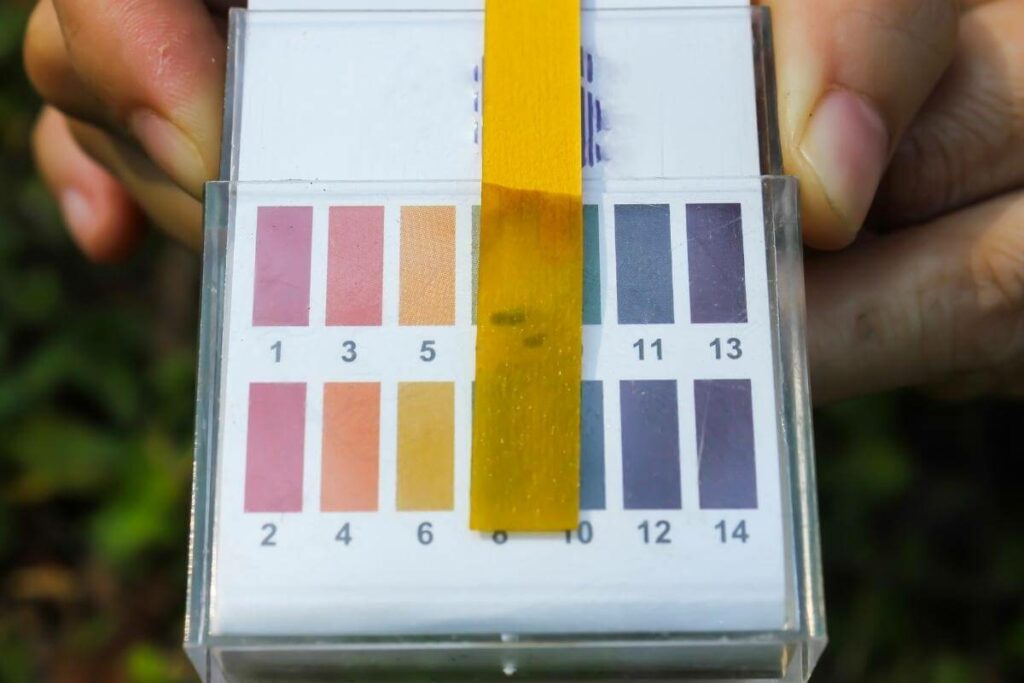
This is the quickest, simplest way to test the pH of your hydroponic system.
However, you should not rely on them solely. These are made of paper treated with a special dye that reacts to the liquid it comes into contact with.
Simply get a sterile container and add a sample of your water to it. Then, dip a litmus strip and wait for the color to change.
Once it stops changing, compare it to the chart that came with it.
Some of the colors are very similar, so trying to guess isn’t the safest option.
Be Careful: There are many plants that a small difference may not make a difference. However, there are some plants that a half-reading in either direction can have a significant impact on their health.
Hydroponic pH Pens
Unfortunately, the most reliable option is also the most expensive.
Of course, due to the fact that it’s a digital reading, it might be worth the expense.
After all, with a digital reading, there’s no mistaking a small difference in colors.
One of the most common hydroponic pH pens is the digital version. Obtain a sample of water in a sterile container and dip the nib of the pen into it.
This will give you a precise reading of the pH level of your water.
The disadvantage is that readings will begin to fluctuate over time, and you’ll need to calibrate the pen.
Treating Water and Balancing pH Levels
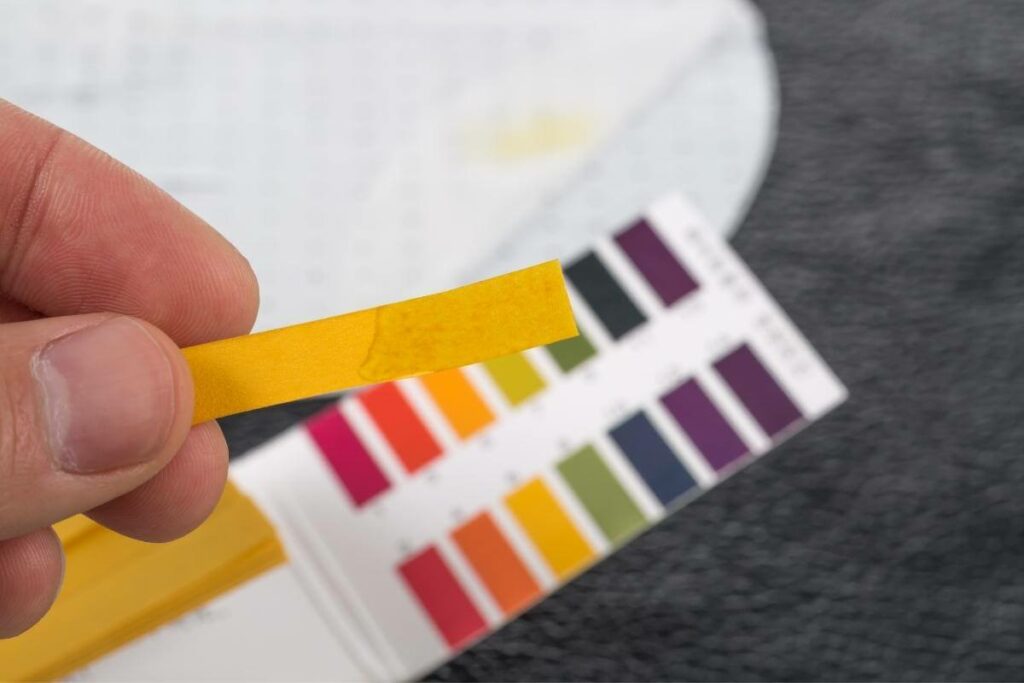
Now that you know what you need to test the nutrient solution, let’s see how the various systems can have varying pH levels.
The most straightforward is the Nutrient Film Techniques, or NFT, which is where the solution directly contacts the root systems of your plants.
For a system that includes a grow bed, you’ll need to take 2 readings:
- one from the nutrient reservoir
- and the other from the chemical runoff
This is necessary because you’ll end up with different readings before and after the solution comes into contact with the roots.
If you have smaller plants, there won’t be much difference between the two, but if you have larger plants, the difference will be much bigger.
When making adjustments to the pH levels of the solution, they need to be made to the readings you obtained from the reservoir.
Here’s Why: This is because the roots will be facing the pH levels in the reservoir, not the runoff.
Conclusion
In closing, it is absolutely critical to maintain the proper pH levels in your hydroponic system.
This will ensure that your plants grow healthy and productive. You will do this by testing daily until you get to know the system and then drop to testing 2 to 3 times a week.
If your pH levels fall between 5.8 to 6.5, you don’t need to make any adjustments, as this is a good range for most plants.
If the pH is too high, you need to bring it down. If it’s too low, you need to bring it up.
Finally, make sure that you keep track of your testing results to help you understand the process.
You want to avoid overdosing your plants, so make sure that you have a full tank when you take the reading.
When you understand what your plants need and how to adjust to those levels, you’ll have some amazing crops when harvest time comes.
